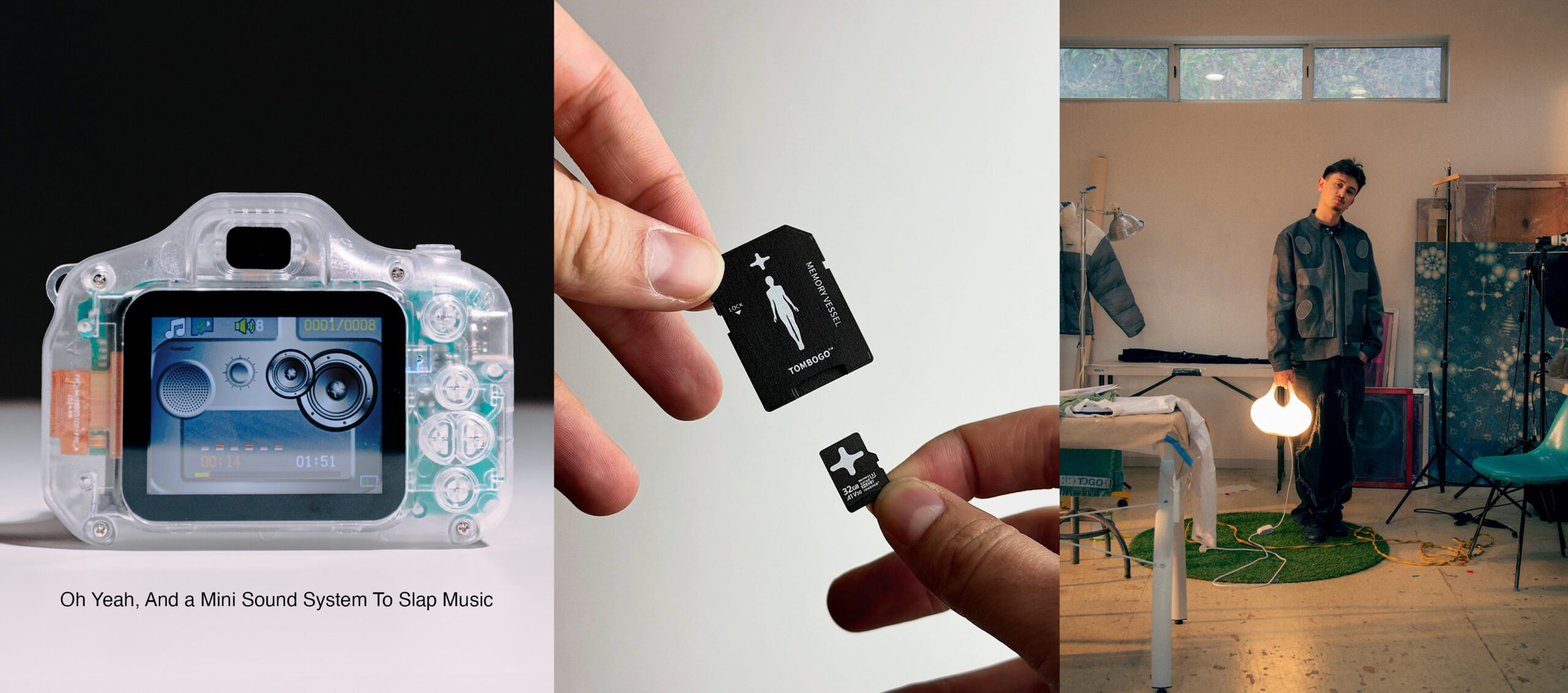Crocs is a classic example of “form follows function”. They are not the best-looking footwear, but somehow they have managed to stay recession-proof for over a decade, helping people enjoy comfort, water resistance, and practicality in a pair of plastic slippers. If you don’t have a pair yet, here’s a reason for you to get one now: The company is introducing sustainability across all its product lines using a new bio-based material. It will help the company do its part in reducing the carbon footprint associated with the footwear industry.

Are all Crocs made of Croslite?
According to the recent announcement that opened with the tagline “green comes in every color,” the company’s new bio-based material will go into all of its product lines to replace conventional plastic. So, all of its products will incorporate the new material.
Compared to other casual footwear brands, Crocs already has a low carbon footprint at 3.94 kg CO2 eq. Per Crocs pair.
This calculation is based on Higg Product Module 1.0 at Higg.org.
Choosing to introduce biodegradable material helps the company broaden its sustainability efforts to achieve the net-zero brand status.
While fashion brands like Hunter Boots and Adidas have introduced new lines of sustainable products, Crocs is doing something entirely different by introducing the material in its all current product lines. This means that Crocs is making all of its products sustainable rather than just having a single sustainable product line. This may set off a trend where brands completely ditch their conventional methods and switch to sustainable materials.
What is Croslite material for Crocs?
The new Crocs Croslite material is a result of a partnership between Crocs and Dow, a renowned material science company. The new shoes will incorporate Dow’s ECOLIBRIUM Technology that converts sourced byproducts into a comfortable slipper but without the extra carbon emissions. The technology extracts hydrocarbons from waste products and renewable sources like pulp paper and palm oil instead of using natural gasses that contribute to carbon emissions. Crocs is the first brand to use ECOLIBRIUM Technology. Discover more about this technology at www.dow.com/sustainablefootwear.
Is Croslite toxic?
Croslite is created from organic materials including crude oil, which is 100% organic. So Croslite materials non-toxic and anti-bacterial.
Crocs CEO, Andrew Rees told Fast Company that the project has been in the works for several years, and mentioned that the bio-based material was the key catalyst for the project. He explained: “Without sustainable materials, this would be hard to achieve.”
While it’s a leap forward, there are still challenges ahead. According to Rees, renewable sources are far more costly than the conventional methods and resources, and Crocs is limited by the Dow’s supply bandwidth. The new Crocs will only feature a percentage of Ecolibrium technology but hope to increase it by 50% in the next 10 years.
Is Croslite Environmentally Friendly?
Back in July 2021, Crocs announced its commitment to become a 100% vegan brand by the end of 2021 by introducing sustainable alternatives for the entire supply chain. According to Rees, “Our net-zero includes the whole footprint, not just how we operate the company, but also all of our products.”
In addition to Crocs Croslite, the company plans on recycling Crocs through consumer-led donations and recommerce programs. Moreover, the company seeks to transition towards renewable energy sources across its distribution centers and offices.
Rees believes this shift towards sustainability will draw the younger generation toward Crocs and help the company “grow its clout”. He told Fast Company, “the younger consumer is increasingly looking to buy brands that they think are doing the right thing.”
The new product range would be available in early 2022 at the same Crocs price. So you can choose a style that suits you without the guilt that your footwear damages the envir. Learn more about Crocs’ purpose.
Would you try the new Crocs? How do you feel about Crocs going sustainable? Share your opinion in the comments below.
This post was last updated on 23, October 2021.








